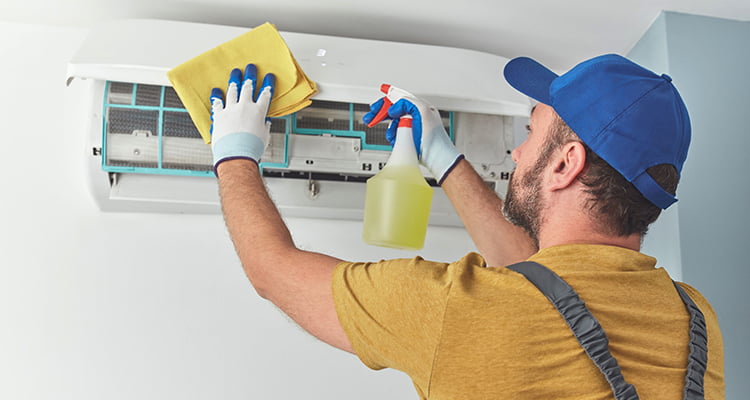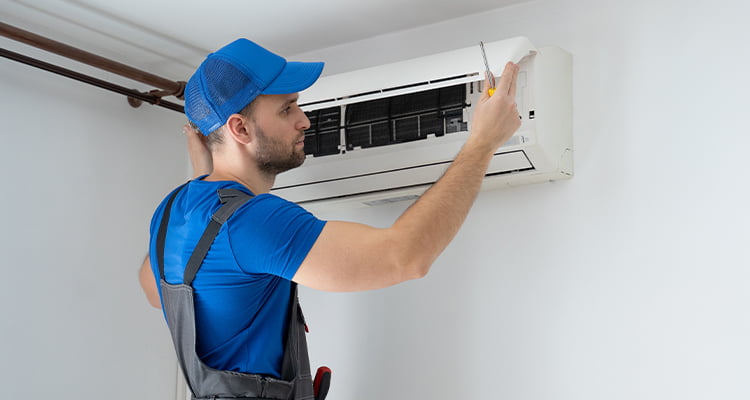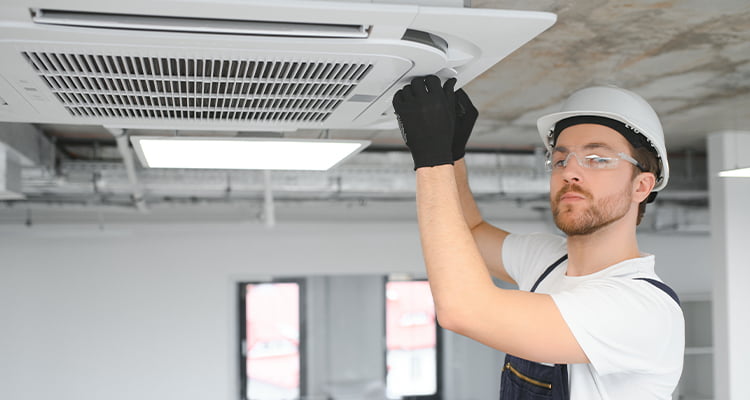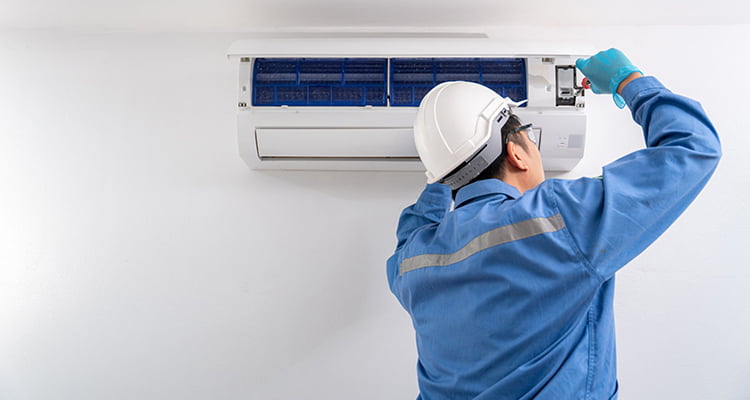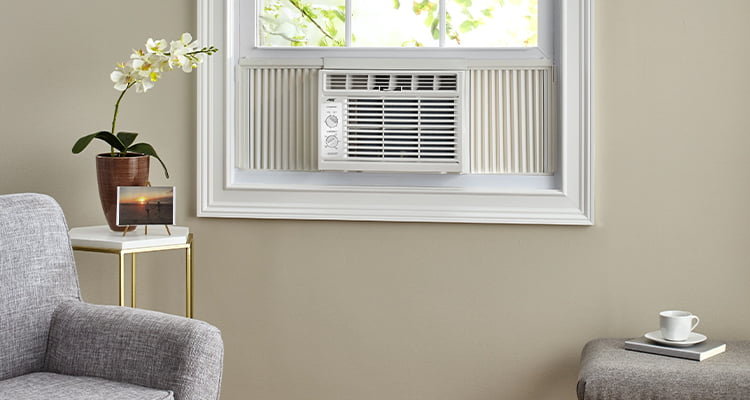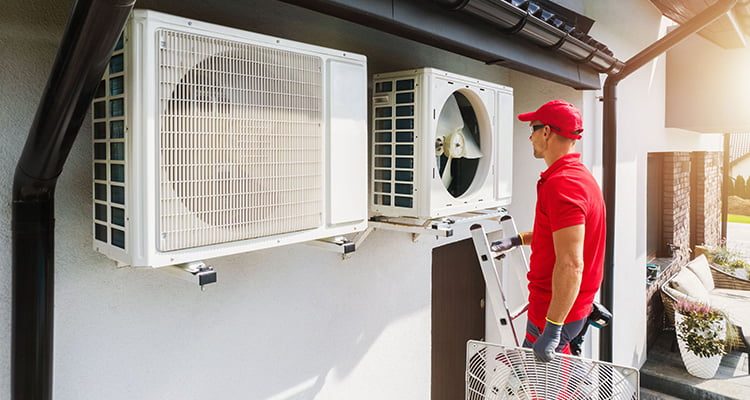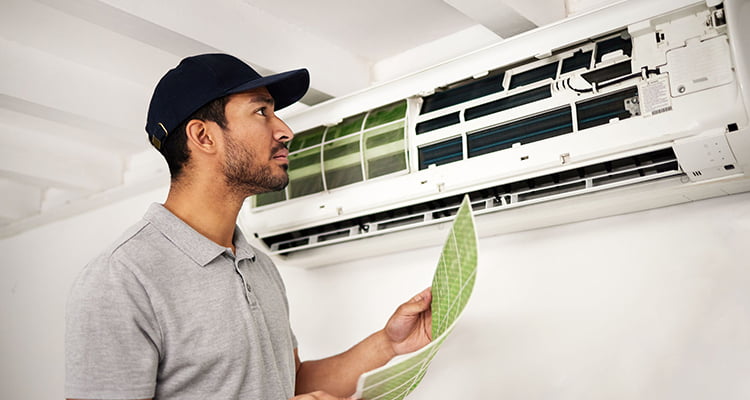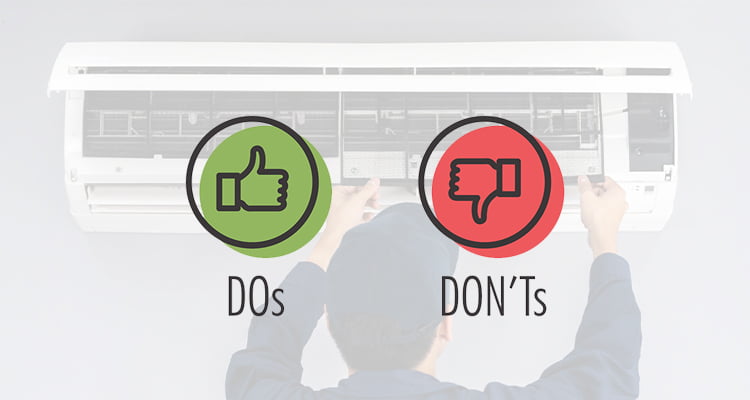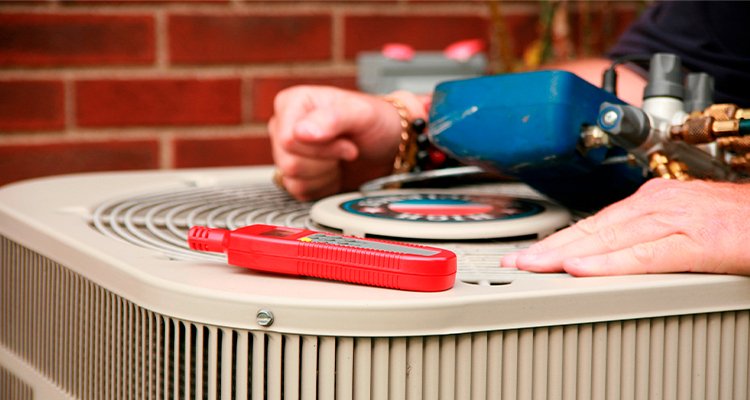Air conditioners are essential for keeping your home cool during hot weather. Split air conditioners are a popular type of cooling system, recognized for their compact, ductless design.
Wall-mounted air conditioners, or mini-split systems, are excellent for maintaining a comfortable indoor environment. Wall-mounted air conditioners are known for their efficiency and ease of installation.
The indoor unit, a long rectangular component, is mounted on a wall inside your home, while the outdoor unit, known as a condenser or compressor, resembles a large metal box. However, regular maintenance, especially cleaning, is essential to keep them performing at their best.
However, like any other appliance, they require regular cleaning to function efficiently and ensure good air quality. At Pro West Heating and Air Conditioning, we specialize in keeping your wall-mounted AC units clean and efficient. In this comprehensive guide, we will walk you through the step-by-step process of cleaning your wall-mounted ACs, ensuring they run smoothly and effectively.
Why Regular Cleaning Is Important
Regular cleaning of your wall mounted air conditioner is crucial for several reasons. First, it improves efficiency by preventing dust and debris from blocking airflow, allowing the unit to cool your home effectively. Second, it enhances air quality by ensuring that the air circulated is free from allergens and pollutants.
Lastly, routine maintenance can prolong the lifespan of your AC unit by preventing issues that can lead to wear and tear.
Pro West’s Comprehensive AC Cleaning Process
At Pro West Heating and Air Conditioning, we follow a thorough and detailed process to ensure your wall-mounted AC units are in top condition. Here’s how we do it:
1. Initial Inspection and Power Safety
Our certified technicians start with a comprehensive inspection of your AC unit. Safety is our top priority, so we begin by turning off the power to the unit at the circuit breaker to prevent any electrical accidents. Ensuring the unit is completely turned off before beginning any cleaning tasks is crucial for a safe and effective cleaning process.
2. Removing and Cleaning the Air Filters
The air filters in your wall-mounted ACs are the first line of defence against dust and debris. Over time, these filters can become clogged and reduce the unit’s efficiency. Our technicians carefully open the front panel of the indoor unit and remove the air filters. Using a vacuum cleaner, they remove loose dust and debris from the filters.
If the filters are heavily soiled, they wash them with warm water and mild detergent, rinse thoroughly, and let them dry completely before reinstalling.
3. Cleaning the Indoor Unit
The indoor unit houses several components that need regular cleaning to maintain optimal performance. Our technicians start by wiping down the exterior with a damp cloth, avoiding harsh chemicals that could damage the surface.
Next, they clean the evaporator coils, which can accumulate dust and debris over time, reducing efficiency. Using a soft brush or a vacuum with a brush attachment, they gently clean the coils, being careful not to bend the fins, as this can impair airflow.
4. Cleaning the Drain Line
A clogged drain line can lead to water leakage and potential damage to your AC unit. Regular cleaning ensures proper drainage and prevents mould growth. Our technicians locate the drain line, usually near the bottom of the indoor unit, and use a wet/dry vacuum to clear any blockages.
They also flush it with a mixture of water and a small amount of bleach to kill any mould or mildew.
Also Read: The Importance Of Filter Maintenance In Air Conditioners
5. Checking and Cleaning the Outdoor Unit
The outdoor unit of your wall-mounted AC also requires regular cleaning to ensure optimal performance. Our technicians remove any leaves, dirt, or debris that have accumulated around the unit, ensuring there is at least 2 feet of clearance for proper airflow.
They use a garden hose to gently spray the condenser coils and remove any dirt or debris, avoiding high pressure that can damage the coils.
6. Inspecting the Refrigerant Lines
The refrigerant lines are essential for the proper functioning of your AC unit. Our technicians inspect these lines for any signs of wear or damage. They ensure the refrigerant lines are properly insulated, as damaged insulation can reduce efficiency and increase energy costs.
They check for any signs of refrigerant leaks, such as oil stains or hissing sounds, and can handle any necessary repairs or adjustments.
7. Reassembling and Testing the Unit
After cleaning all the components, our technicians reassemble your wall-mounted AC and test its functionality. Once the air filters are completely dry, they reinstall them in the indoor unit. They restore power to the unit at the circuit breaker, turn on the AC, and check for proper operation, ensuring strong airflow and effective cooling.
8. Final Adjustments and Maintenance Tips
Regular maintenance is key to keeping your wall-mounted AC system running efficiently. Our technicians provide you with maintenance tips and recommend scheduling professional maintenance annually to ensure optimal performance.
They also advise cleaning the air filters and indoor units every month during the cooling season. If you notice any unusual noises or a decrease in cooling efficiency, it may be time for a professional check-up.
About Pro West Heating And Air Conditioning
At Pro West Heating and Air Conditioning, we pride ourselves on providing top-notch HVAC services to keep your home comfortable throughout the year. With years of experience and a team of certified technicians, we offer comprehensive maintenance, repair, and installation services tailored to meet your specific needs.
Whether you’re preparing your air conditioner for extreme weather or need emergency repairs, we’re here to help. Trust us to keep your HVAC system running smoothly, efficiently, and reliably. Contact us today for more information.
